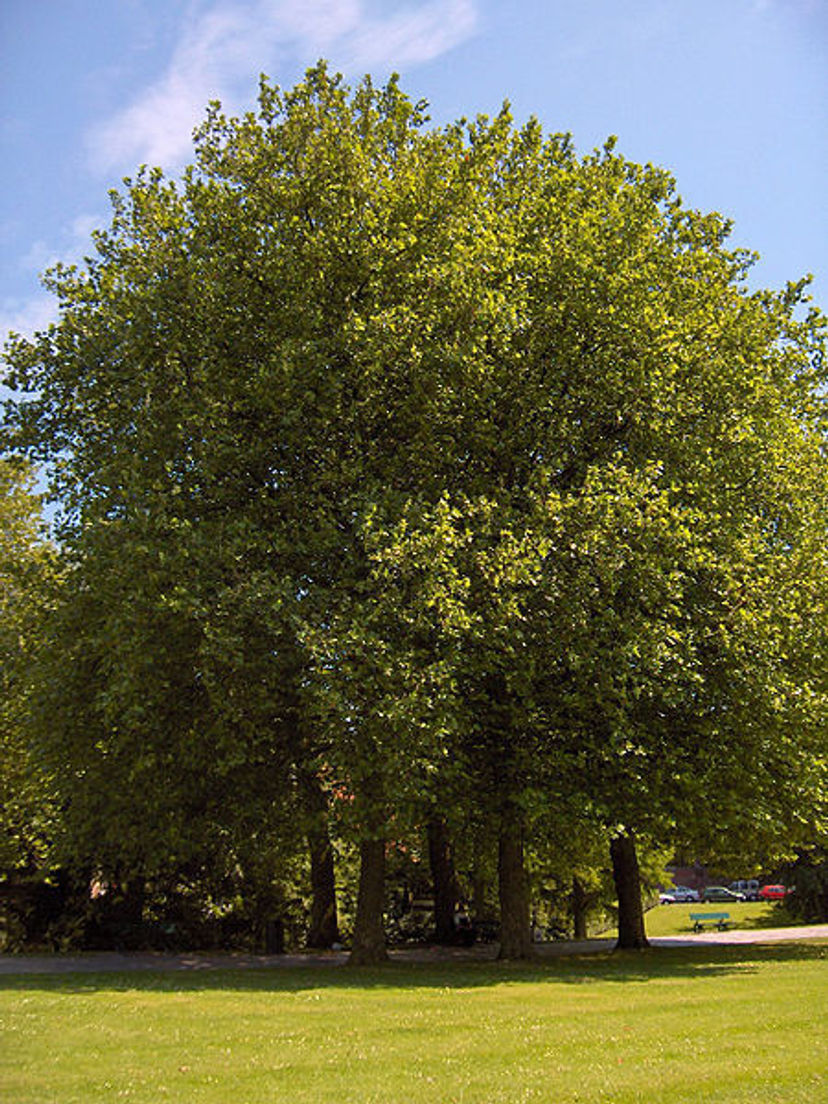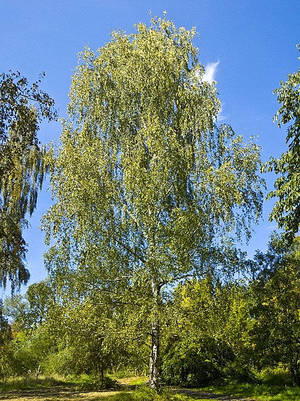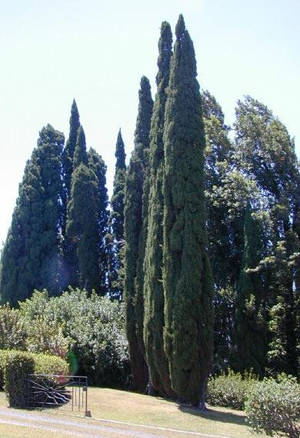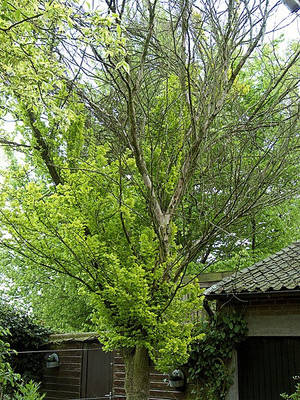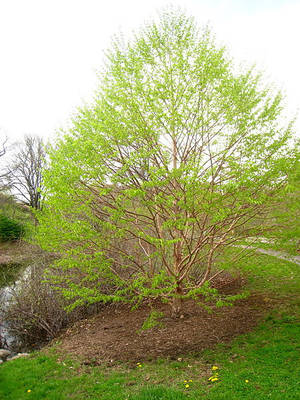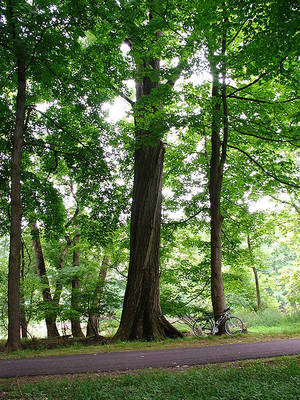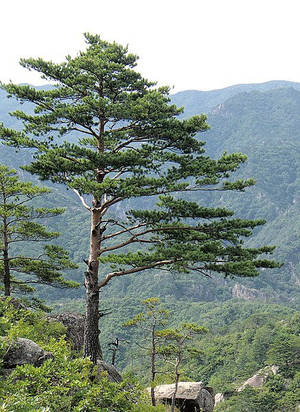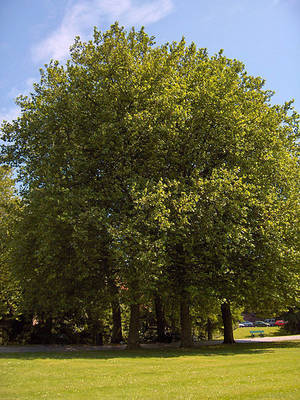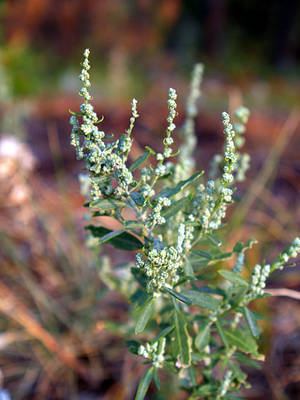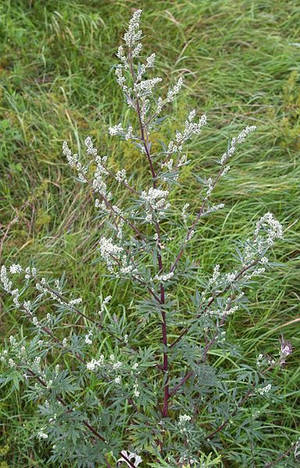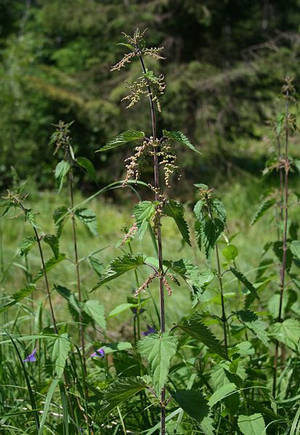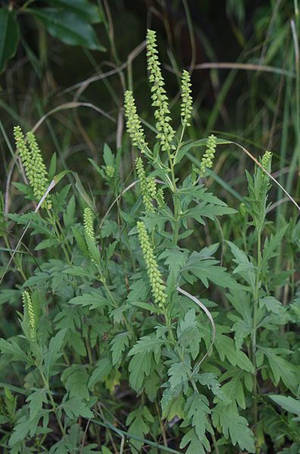Plane
Plane trees are large deciduous trees that can grow up to 30 meters (100 feet) tall. They have a broad, rounded crown and a massive trunk with thick, corky bark. The leaves are large, simple, and lobed, with a leathery texture. The flowers are small and inconspicuous, and the fruit is a spherical woody capsule that splits open to release winged seeds.
Plane trees are widely cultivated as ornamental trees, and they are also used for timber and paper production. Some plane tree species are considered to be invasive in some parts of the world.
Plane trees are tolerant of a wide range of environmental conditions and can be found in urban areas, parks, and forests across the world. They are often used as street trees or in other landscape applications where their large size and tolerance of pollution and poor soil make them a good choice.
The name "plane tree" is derived from the Greek word "platys", which means "wide" or "broad". This is in reference to the wide, flat leaves of the tree. The scientific name "Platanus" is also derived from the Greek word "platys".
The wood of plane trees is strong and durable, and has been used for a variety of purposes throughout history, including construction, furniture making, and woodturning. The bark is rich in tannins and was once used for tanning leather.
Plane trees are a type of tree that produces a lot of pollen. This can be a problem for people who are allergic to pollen, as they may experience symptoms when they are near these trees. There are a few things that you can do to reduce your exposure to plane tree pollen, such as staying indoors on days when the pollen count is high, and wearing a mask when you are outside.
https://en.wikipedia.org/wiki/platanus
